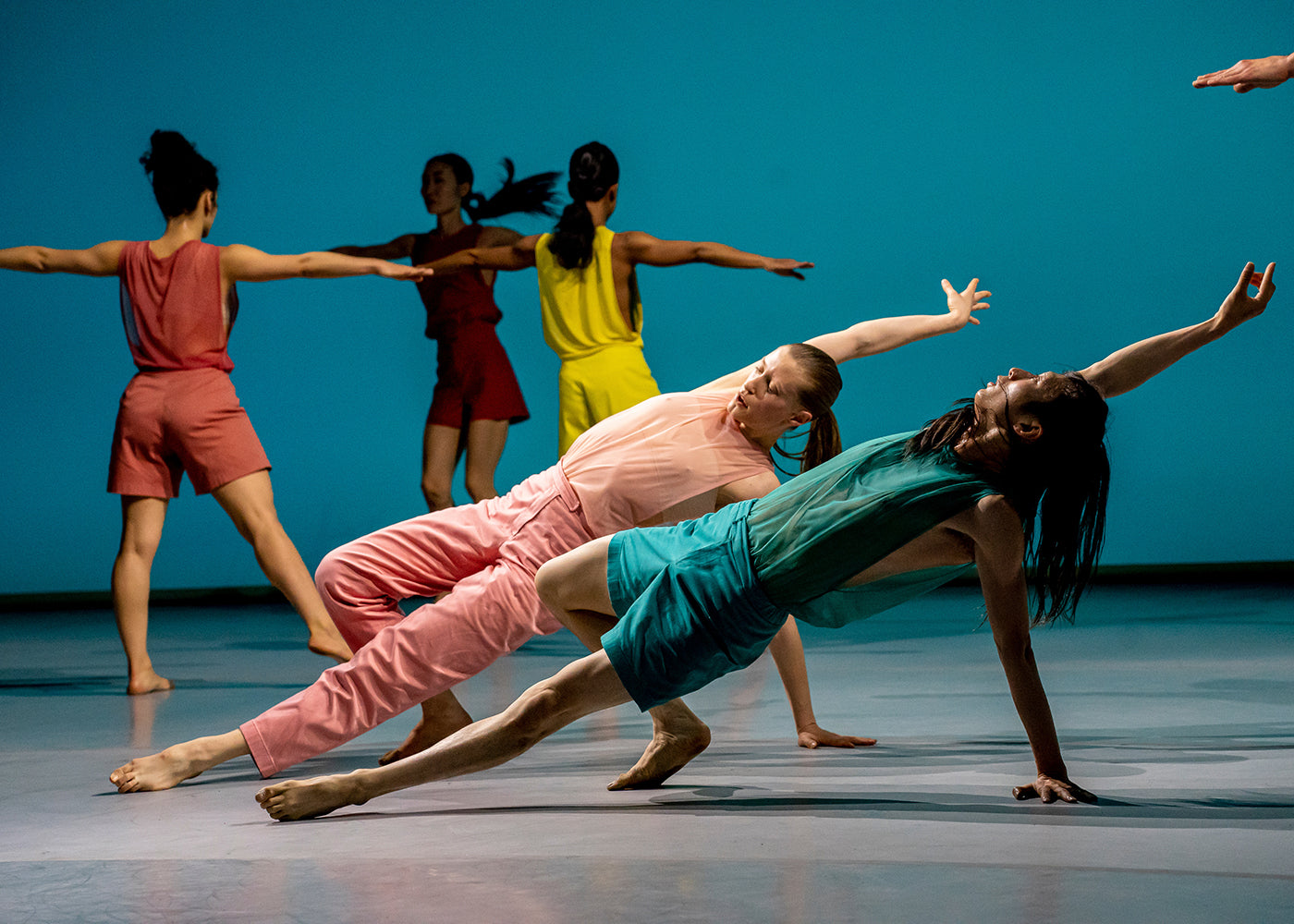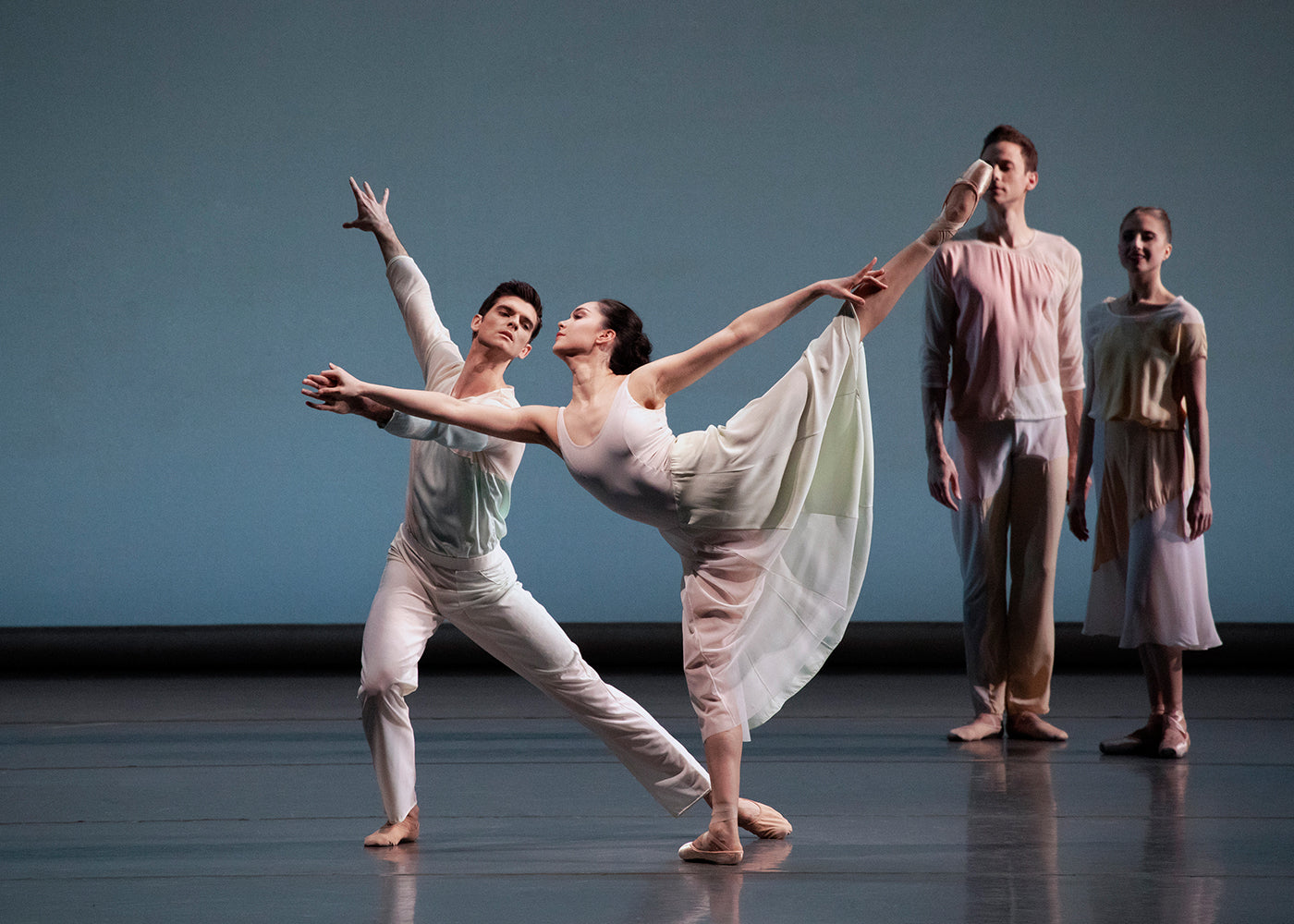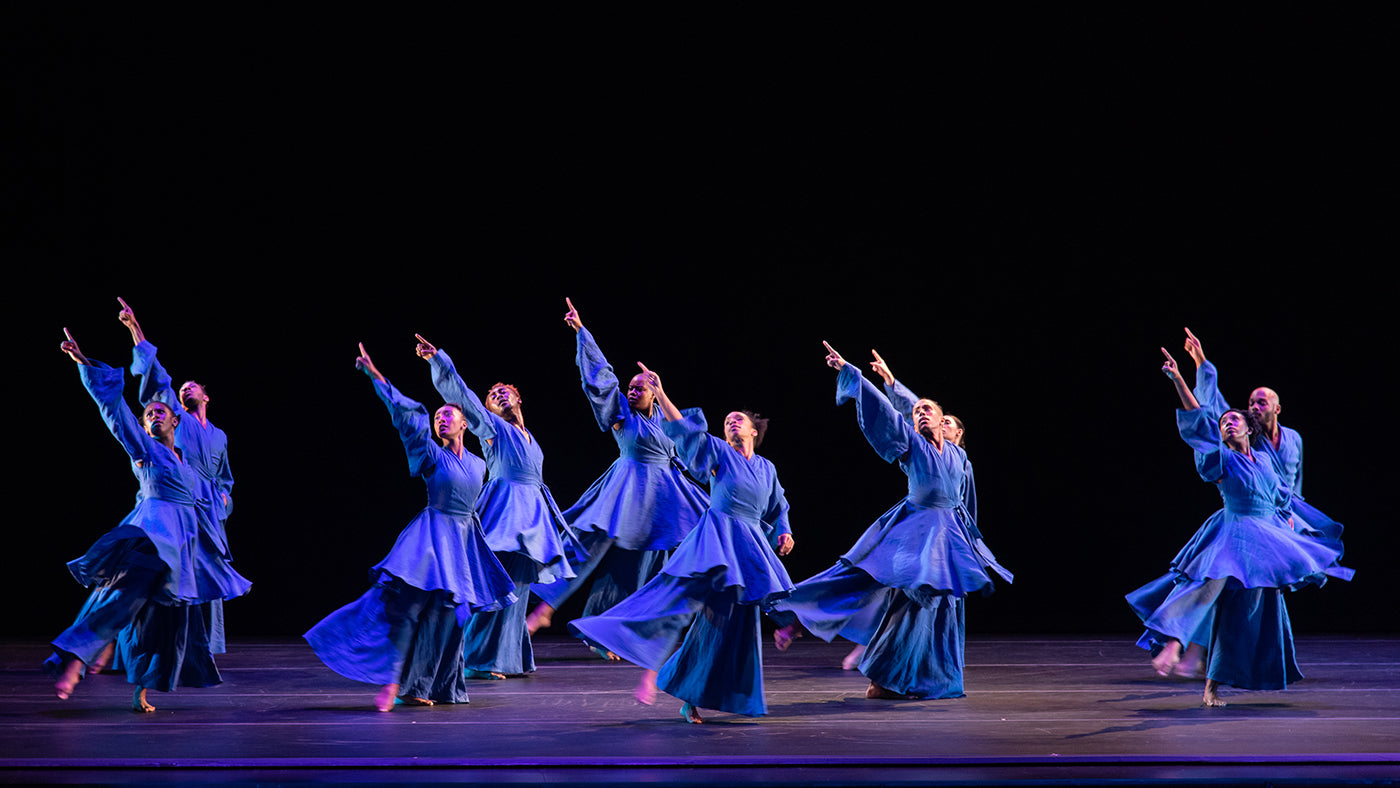Web of Culture
“Call it culture.” This short phrase acted as the backbone of “Curriculum II,” a new work from the Bill T. Jones/Arnie Zane Company. Uttered as a satirical refrain or in bold type, floating in the numerous screens as a reprimand, this barb reappeared continually like so many tiny vertebrates supporting the structure of a complex and at times, unwieldy, composition.
Continua a leggere













